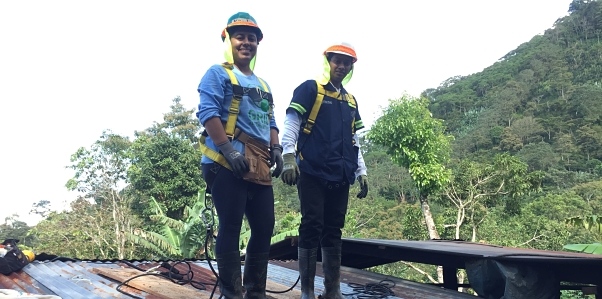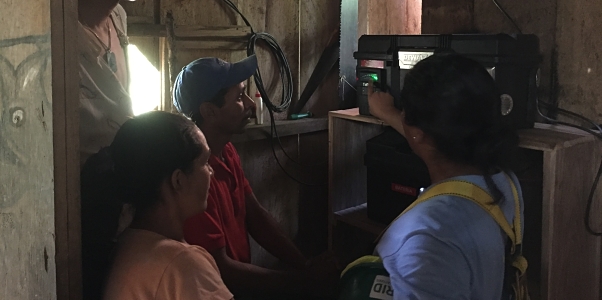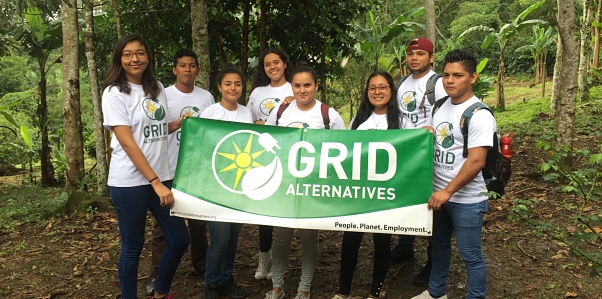 There are approximately 300 residents with no access to conventional grid electricity. The community is located where two municipalities converge, which means San Isidro is not always recognized and is often left out of the allocation of resources for basic services like water and electricity. Community members make their living through small-scale agriculture and some residents have institutional jobs, like working for the school. Women in the community tend to have a very traditional role and children only have access to one multi-grade school, which stops at grade six.
There are approximately 300 residents with no access to conventional grid electricity. The community is located where two municipalities converge, which means San Isidro is not always recognized and is often left out of the allocation of resources for basic services like water and electricity. Community members make their living through small-scale agriculture and some residents have institutional jobs, like working for the school. Women in the community tend to have a very traditional role and children only have access to one multi-grade school, which stops at grade six.
 Like many communities that do not have access to the electrical grid, residents have relied on non-renewable energy sources like kerosene that are expensive and hazardous to use. Solar is a solution that provides high quality lighting for night-time studying and activities at home, while enabling families to use regular home appliances like lamps, cell phones, RVs, computers, fans, and more. In 2017, the community held a meeting with GRID in which they identified the need for clean electricity, solicited solar projects for their local school, health clinic, and homes, and formed a community Energy Committee to make this initiative reality.
Like many communities that do not have access to the electrical grid, residents have relied on non-renewable energy sources like kerosene that are expensive and hazardous to use. Solar is a solution that provides high quality lighting for night-time studying and activities at home, while enabling families to use regular home appliances like lamps, cell phones, RVs, computers, fans, and more. In 2017, the community held a meeting with GRID in which they identified the need for clean electricity, solicited solar projects for their local school, health clinic, and homes, and formed a community Energy Committee to make this initiative reality.
Since then, GRID has successfully completed five projects in San Isidro: solar for the school and health clinic in May 2017, 18 solar home systems with IGS in 2017, 17 solar home systems with Nicaragua volunteers in 2018 and a community water project in 2018 as part of our Women in Solar project and this project: 10 solar home systems with Nicaraguan volunteers.
 Community members supported the project by helping deliver the equipment and supplies to the project sites, and investing in their systems with a contribution that represents 20% of the system's total cost. GRID staff and local participants were grateful to return to San Isidro to complete this third phase of solar home systems installations in the community. See photos from the installation!
Community members supported the project by helping deliver the equipment and supplies to the project sites, and investing in their systems with a contribution that represents 20% of the system's total cost. GRID staff and local participants were grateful to return to San Isidro to complete this third phase of solar home systems installations in the community. See photos from the installation!



